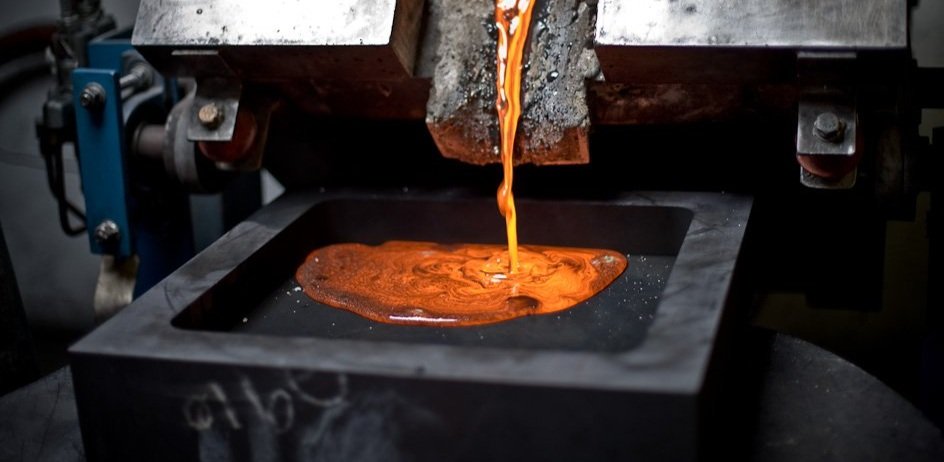Understanding Palladium: Its Broad Applications and Refining Process
What is Palladium?
Palladium, a lustrous silvery-white metal, is part of the platinum group metals (PGMs). Renowned for its outstanding catalytic properties, malleability, and resistance to corrosion, palladium is among the rarest and most valuable precious metals. Its unique physical and chemical characteristics make it indispensable in various industries.
Broad Uses of Palladium
Palladium's versatility, much like its platinum counterparts, permits its use in a diverse range of applications.
Jewelry: Owing to its lustrous finish, durability, and hypoallergenic properties, palladium is increasingly used in the jewelry industry. It is particularly popular in white gold alloys and as a platinum substitute in engagement rings and wedding bands.
Dentistry: Palladium's biocompatibility and resistance to corrosion also make it suitable for dental applications. It is often alloyed with gold and silver to create dental fillings and crowns.
Chemical Industry: Thanks to its exceptional catalytic properties, palladium is extensively used in the chemical industry. It facilitates various reactions, including hydrogenation and dehydrogenation processes.
Automotive Industry: The largest demand for palladium stems from the automotive industry, where it's used in catalytic converters to reduce harmful vehicle emissions. The metal accelerates the conversion of harmful gases like carbon monoxide and nitrogen oxides into less harmful substances.
Electronics: Palladium plays a significant role in the electronics sector, particularly in the manufacture of multilayer ceramic capacitors (MLCCs), a key component in electronic devices. Its excellent conductivity and resistance to oxidation make it a desirable metal for plating connector points and soldering materials.
Common Questions about Palladium Refining
What types of items typically undergo palladium refining?
Various items containing palladium are subject to refining. This includes diverse ranges of jewelry, certain dental materials, and specific electronic components such as multilayer ceramic capacitors (MLCCs). As long as they contain some amount of palladium, they can typically be refined.
How can I tell if an item has palladium that can be refined?
Identifying palladium can be challenging due to its likeness to other precious metals. Often, palladium items carry markings such as "Pd," indicating their palladium content. Most refining providers can use testing methods involving electronic testers, or X-ray fluorescence equipment to accurately determine platinum presence and purity.
Is it profitable to refine palladium?
Palladium refining settlements depend on several variables, such as the volume and purity of palladium, and the current market price. Given palladium's high market value, refining it, particularly from high-purity items or large volumes, can be profitable.
Where can I get palladium items refined?
There are numerous professional refining services that specialize in palladium and other precious metals. When choosing a refiner, check for things like length of time in business, availability of convenient locations, recovery rates, payment process and choices, reviews, and trade affiliations.


